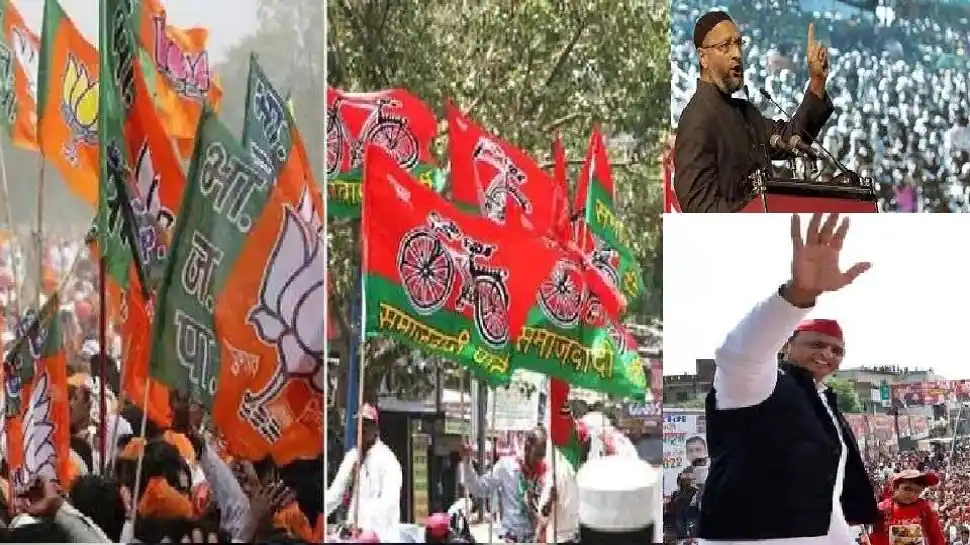 Even though all discoms have reportedly agreed to sign up for the latest Rs 3 lakh-crore revival scheme for these debt-laden, loss-making entities, under the norms, they will become eligible for the central assistance only if the states clear the dues to them.
Even though all discoms have reportedly agreed to sign up for the latest Rs 3 lakh-crore revival scheme for these debt-laden, loss-making entities, under the norms, they will become eligible for the central assistance only if the states clear the dues to them.State governments, along with the departmental undertakings and companies under them, owed Rs 1.58 lakh crore to electricity distribution entities (discoms) run by them as at June-end. This was as much as 66% of these discoms’ dues to power producers, including those owned by the Centre and state governments, and private sector firms.
Even though all discoms have reportedly agreed to sign up for the latest Rs 3 lakh-crore revival scheme for these debt-laden, loss-making entities, under the norms, they will become eligible for the central assistance only if the states clear the dues to them.
According to sources, the states have not cleared subsidies worth Rs 60,743 crore — meant for consumer categories consisting of households and farmers, but routed through the discoms — as at June-end. On top of this, government departments (civic bodies and other such institutions) owe Rs 97,088 crore to the discoms.
Unpaid bills of civic bodies and other state-level institutions to discoms increased from Rs 36,900 crore in FY18 to Rs 41,743 crore in September 2019, and further to the current level.
Overdues — outstandings of 45 to 60 days — owed by discoms to private and central government generators across the country stood at around Rs 95,000 crore at August-end, down from Rs 1.27 lakh crore the end of January.
Compliance with the ‘pre-qualification criteria’, which includes payment of pending subsidies and government department dues, will be monitored from FY23 by the Union power ministry to evaluate the eligibility of the discoms for receiving Central government grant of Rs 97,631 crore under the Rs 3 lakh-crore scheme.
Under the Central government grant component, as much as Rs 23,300 crore has been earmarked for the installation of 25 crore smart prepaid meters across the country, and release of funds in this front will not be linked to other conditions. The total outlay for smart-metering under the scheme is Rs 1.5 lakh crore.
The scheme — approved by the Cabinet in June — was planned to be implemented in the five years through FY26. While the priority of the scheme is metering electricity supply to consumers to reduce pilferage, discoms will also have to undertake infrastructure creation such as feeder separation, implement digital technologies and provide armoured and aerial bunched cables in high loss areas. The aim is to bring down aggregate technical and commercial (AT&C) losses to 15% from the current level of 21%.
The Centre is also implementing a Rs 1.35-lakh-crore loan package through PFC-REC to help discoms clear the dues to power generators.
The discoms’ losses had declined in FY17 and FY18 thanks to the UDAY scheme launched in November 2015, as governments of 16 states have taken over around Rs 2.32 lakh crore debt of their discoms, resulting in lowering of the interest rates on these loans to 7-8.5% from around 11-12% earlier. Discoms’ losses had surged 83% annually to Rs 61,360 crore in FY19, mainly due to delayed subsidy disbursal by state governments, inefficient billing and tariff collection and inadequate tariff hikes.
Union power minister RK Singh recently said that the losses were down 38% on year at around Rs 38,000 crore in FY20. A report released by ICRA in March had indicated that discom losses have increased to Rs 90,000 crore in FY21. Subsequently, a report co-authored by NITI Aayog and energy think tank RMI released in early August has also estimated the loss figure to be at similar levels. However, the power ministry has termed such estimates as “grossly inflated”. Analysts at Crisil have pointed that discom losses will be 40% higher in FY22 than in FY20.
Get live Stock Prices from BSE, NSE, US Market and latest NAV, portfolio of Mutual Funds, Check out latest IPO News, Best Performing IPOs, calculate your tax by Income Tax Calculator, know market’s Top Gainers, Top Losers & Best Equity Funds. Like us on Facebook and follow us on Twitter.
![]() Financial Express is now on Telegram. Click here to join our channel and stay updated with the latest Biz news and updates.
Financial Express is now on Telegram. Click here to join our channel and stay updated with the latest Biz news and updates.















